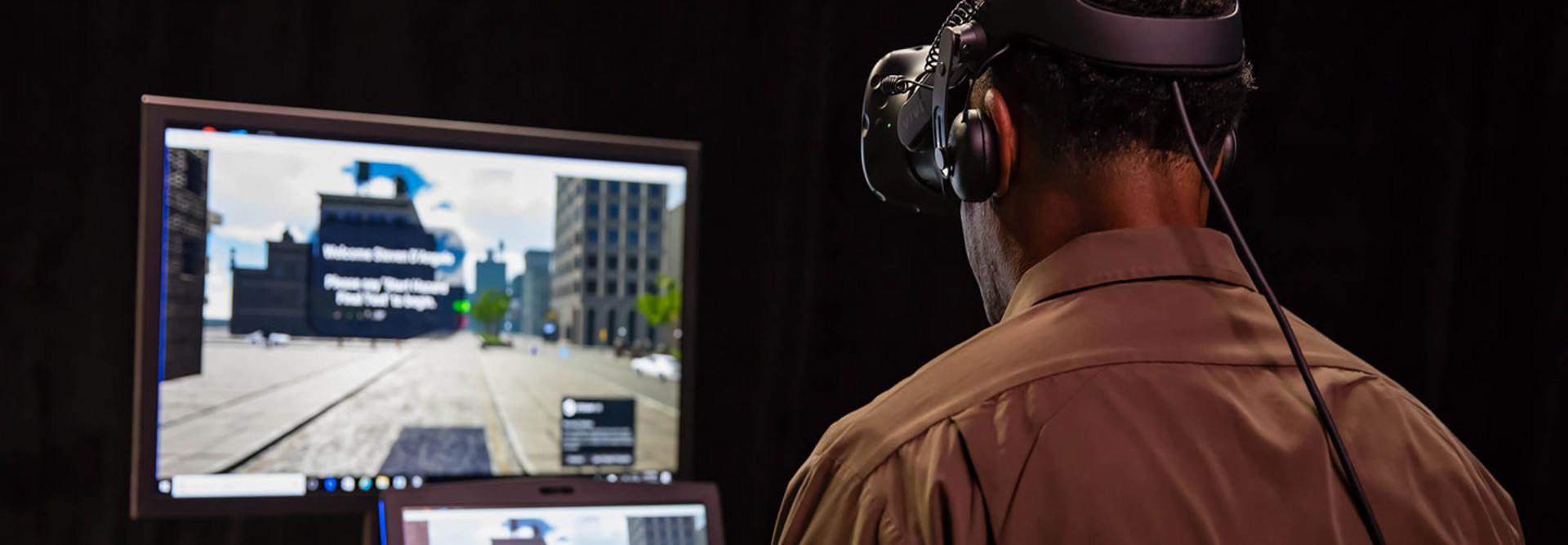Is VR the Future of Employee Training?
As employees join the workforce in the near future, they may be asked to sign human resources forms, meet with their direct supervisor and then strap on a virtual reality headset.
VR is becoming an increasingly common training tool for a variety of businesses. Although the relatively new tactic is not widespread, its proponents say it is the wave of the future. The latest company to adopt VR training is UPS, which recently announced plans to roll out the technology to instruct student parcel delivery drivers.
Executives at companies that use VR for training say that the technology provides users with immersive experiences that simulate real-world examples and situations they are likely to face on the job. That makes them better prepared for when they swap the headsets for the road, warehouse or store floor.
UPS Tests VR Training for Drivers
This month, UPS will start training student delivery drivers to spot and identify road hazards using VR headsets at its nine UPS Integrad training facilities.
IT experts at UPS created the VR training modules that users see and hear inside VR headsets like the HTC Vive. Students must verbally identify potential road hazards such as pedestrians, parked cars and oncoming traffic while wearing the VR headsets, which recreate what it would be like to drive on a city street.
UPS CIO Juan Perez says in a statement that VR “offers a big technological leap in the realm of driver safety training” and that the immersive, hyper-realistic graphics will impress young drivers.
“Through this technology, we’ll be able to immerse our UPS drivers and service providers in all kinds of situations that will get them to think about safety and reacting to safety hazards … in much more effective ways,” Perez tells The Wall Street Journal.
Laura Collings, UPS training and development manager, tells the Journal that in the real world, if drivers see, for example, a ball rolling down the street, they must slow down, stop and honk the truck’s horn since there are likely pedestrians or children nearby.
However, the Journal explains: “In virtual reality, the student drivers would speak the words ‘left hazard,’ to signify a potential hazard they see when they turn their heads to the left, and voice-recognition software embedded into the headset will identify whether it’s the correct answer.”
The VR training will be in addition to other training new drivers receive. “This training is foundational, and virtual reality brings it to life,” Jeanne Lawrence, expansion director at UPS, tells The Verge. “VR complements real-world training in a way that deeply engages our employees.”
Other Industries Experiment with VR Training
UPS is certainly not the first company to dabble in VR tutorials for employees.
Walmart confirmed in June that it would be working with VR training and content company Strivr to train employees on a variety of real-world scenarios, from a Black Friday shopping spree rush to cleaning up spills and keeping fresh produce stocked.
According to Business News Daily, the program will roll out in 30 Walmart Academy training centers first and will be in all 200 training centers by the end of the year.
The Verge reports: “New Walmart employees will put on an Oculus Rift headset and enter different real-world scenarios, during which they’ll be asked to make simple choices based on what they see.” Eventually, Strivr and Walmart want to expand the program to all of the retail giant’s stores, not just the academies.
“Ultimately, everything associates do is geared toward giving customers the best experience,” Walmart says in a statement to Business News Daily. “Through VR, associates can see how their actions affect that. It’s helpful for associates to see mistakes in a virtual environment and know how to deal with them before they experience it in real life and don't know what to do.”
Meanwhile, other industries are also getting in on the act. Chief Learning Officer reports that San Francisco–based construction and engineering firm Bechtel is using VR to train its employees. Partnering with wearable technology company Human Condition Safety (HCS), Bechtel’s goal is to improve site safety, prevent injuries and make training more fun for construction workers, the site reports.
HCS COO Chris Bunk tells Chief Learning Officer that the company already created four training modules and will launch a new one roughly every month and a half. The training covers a variety of scenarios including hazard identification, forklift training, scaffolding training and iron worker training.
“People go up on a high rise doing iron work and when they get out on the beam for the first time the heights get to them more than they expected and they may feel like they have to cling to the beam or use their fall protection,” Bunk says. “We give them the opportunity to get acclimated to that environment beforehand.”









